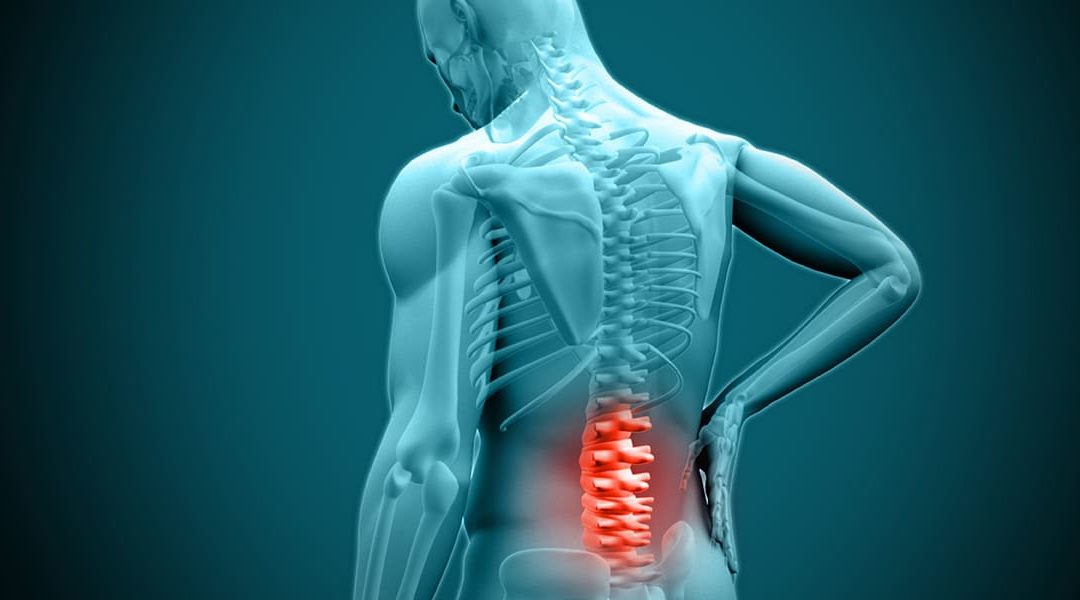What is
Herniated Disc
Between each bony vertebral body is a disc that acts as a shock absorber and a hinge. As we age, the disc becomes dehydrated, making it less supportive and more prone to injury. Even a healthy, well-hydrated disc can be injured. The disc is composed of the annulus, which is a tough tissue that makes up the outside of the disc. The nucleus pulposus is the jelly-like substance contained in the center of the disc. A herniated disc occurs when the nucleus breaks through the outer tissue. A herniated disc is very common and may or may not cause symptoms. Stretching or tearing of the annulus may result in back or neck pain. The discs are immediately in front of the spinal cord and exiting nerves, so when the herniated disc or protrusion compresses the spinal cord or nerves, leg or arm pain and numbness or weakness may occur.
What are the Symptoms of a Herniated Disc?
The most frequent symptom of a herniated disc in the lower back is pain radiating from this region into one or both of the legs. Similarly, in the cervical spine, pain radiates into the arms.

How do you Screen and Diagnose a Herniated Disc?

A physical examination is performed. A neurological examination is also performed to identify the involved nerve root. Because certain nerves consistently supply particular muscles and areas of sensation, physical examination and the patient’s specific symptoms give valuable clues to the source of the symptoms. The preferred imaging test is an MRI because it is able to visualize soft tissues including the disc, spinal fluid and neural elements
When a member of the TBI team evaluates a new patient, initial conservative management involves observation, anti-inflammatories, physical therapy, and plain x-rays. If further testing confirms a nerve compression a spinal injection of steroid may be used to decrease the symptoms. If symptoms are not getting better or if the nature of the compression is threatening the function of the nerve, surgical measures may be used to decrease the pressure on the nerve. Micro-surgical techniques may be used to remove the disc fragment in the lower back. In the cervical spine, an approach in front of the spine requires removal of the entire disc and treatment may require replacing the disc or placing a bone graft to replace the space within the vertebral bodies to achieve a fusion. In the thoracic spine, options may include an approach from the back or the side of the chest to remove the fragment away from the spinal cord with or without a fusion.
What are the Treatments for a Herniated Disc?

Request An APPOITMENT
Fell free to contact us with any questions or concern regarding Back/Neck pain.